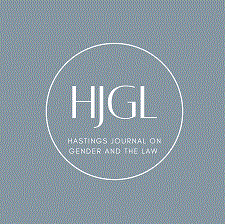
Abstract
Although child abuse has existed for centuries in the United States, an increase in the number of reported incidents in recent years has spurred legislative and judicial response, primarily in the form of "failure-to protect" laws.2 Failure-to-protect laws impose liability upon parents, who have a duty to protect their child, when they fail to prevent abuse of the child at the hands of a known offender.3 Child abuse statutes generally appear in two forms: commission statutes,4 which are used to convict those who actually inflict abuse (active abusers), and omission statutes,S which criminalize the passive conduct of those who expose a child to a risk of maltreatment or fail to protect or care for a child when they have an affirmative duty to do so (passive perpetrators).6 A court's inquiry when applying an omission statute focuses on whether the passive perpetrator had notice of ongoing abuse and allowed the abuse to continue. A passive perpetrator's liability for child abuse or homicide, if the abuse is the direct cause of the child's death, is predicated upon a finding of several factors: (1) a legal duty to protect the child; 7 (2) actual or constructive notice of the foreseeability of abuse; (3) the child's exposure to abuse; and (4) failure to prevent such abuse. Parents can fulfill their legal duty to protect their children in the face of abuse by reporting the abuse to authorities, removing the child from the abusive situation, or ejecting the abuser from the child's home. Statutes which criminalize passive conduct aim to protect children's "best interests" by compelling parents to remove their children from abusive environments.
Recommended Citation
Linda J. Panko,
Legal Backlash: the Expanding Liabilty of Women Who Fail to Protect Their Childrem from Their Male Counter Parts Abuse,
6 Hastings Women's L.J. 67
(1995).
Available at: https://repository.uclawsf.edu/hwlj/vol6/iss1/4

